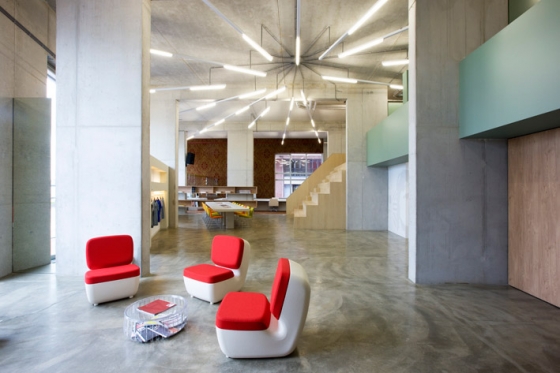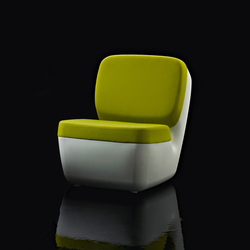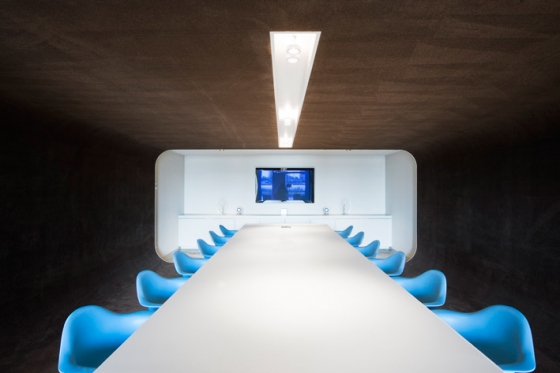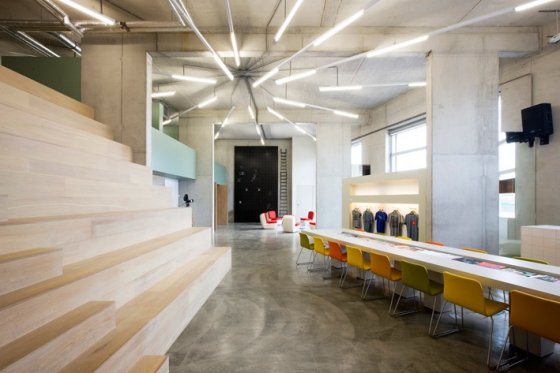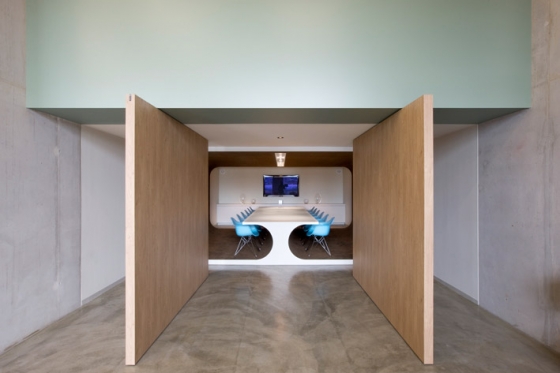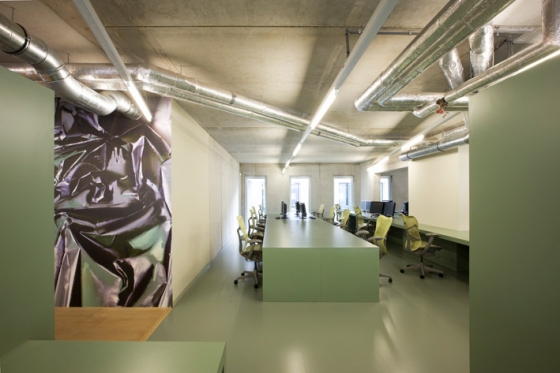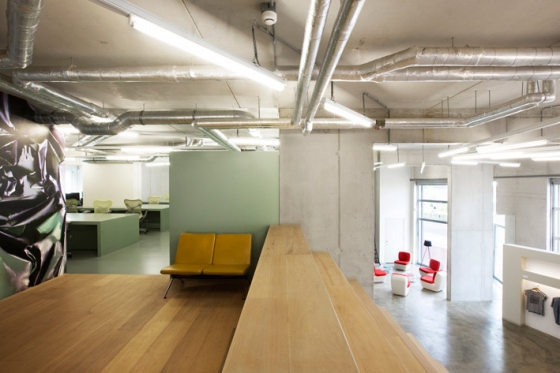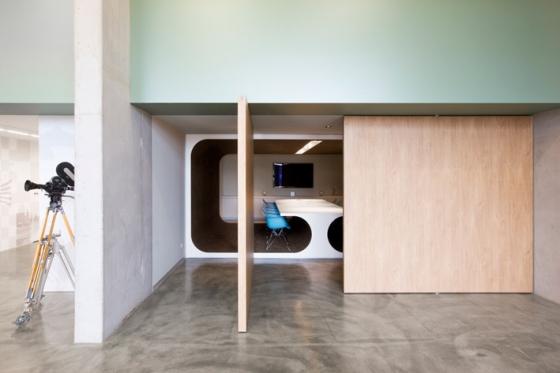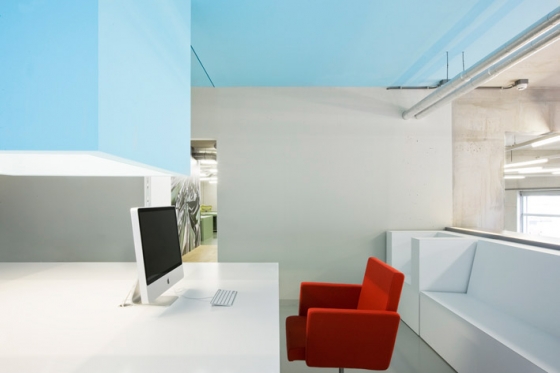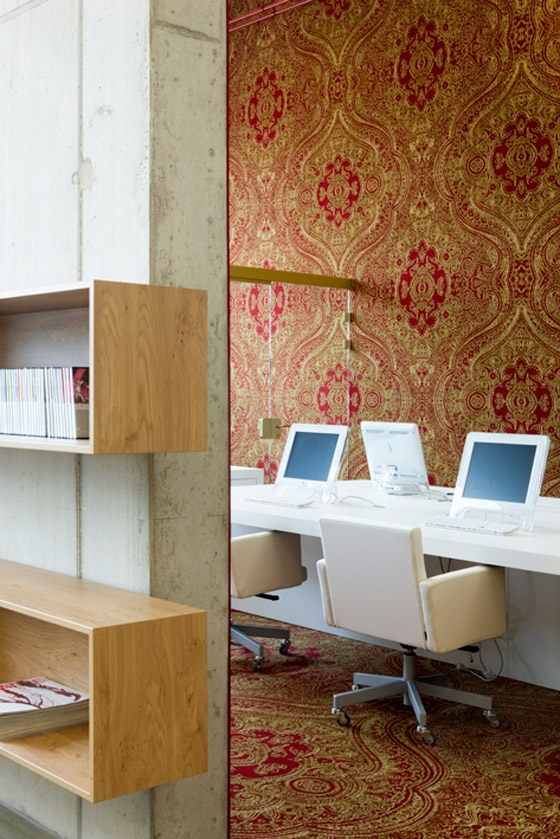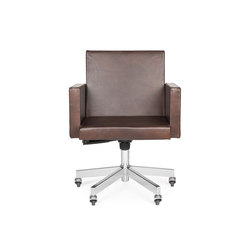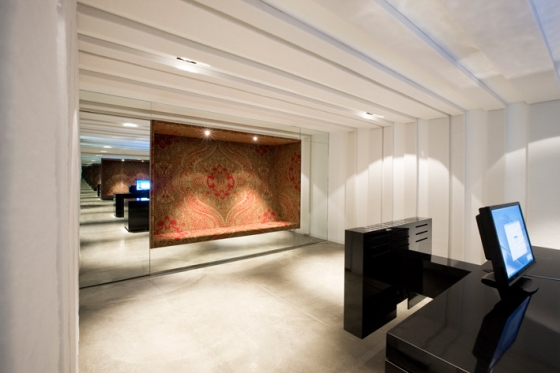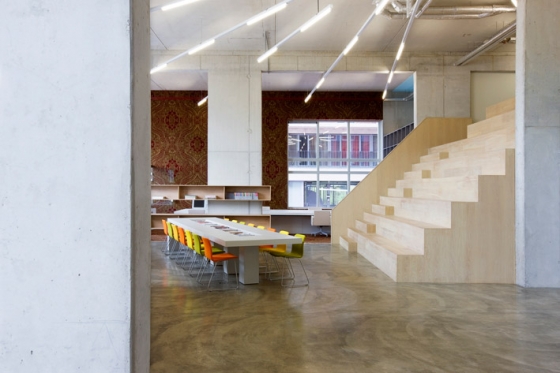PostPanic’s Professional Playground
Designer Maurice Mentjens has fitted up PostPanic’s Amsterdam studio as a professional playground that emphasizes the company’s creative, headstrong attitude.
PostPanic is a combination of a design/animation studio and a production company. PostPanic produces both commercial projects for the international advertising, retail, broadcast and music industries and its own internal projects. Clients include Nike, MTV and Coca-Cola. Behind the image of creative free spirits hides a highly motivated and professional company.
PostPanic’s projects are strongly focused on images and perception, and the design and layout of the studio directly influence that. This explains why PostPanic, when planning to move in 2008 to a new building at the Westerdoksdijk in Amsterdam, commissioned designer Maurice Mentjens (Holtum, The Netherlands) to design an interior that not only would be pleasant and workable, but also inspiring, and a reflection of the studio’s creative and headstrong mind.
Mentjens’ field of activity: an over five meters high, empty room on the ground floor, the big windows in the slanted facade overlooking the river IJ. Large concrete columns support the concrete construction.
In the briefing, functionality was the biggest priority. To ensure a constant quality, PostPanic purposely chooses to produce, direct, design and animate in-house to stay truth to their original vision, once in production. This approach requires that the various departments of PostPanic each have their clearly divided and defined areas. But at the same time PostPanic required to maintain as much as possible the openness and transparency that the place offered. The design also had to take into account that the workforce fluctuates from 14 to 40, depending on the different stages of production.
Point of departure
In his design Mentjens took the existing concrete structure, and more specifically the large concrete columns, as his point of departure. The distance between the columns defines the dimensions of the subsequent areas. The width of production room, meeting room and staff room measures the span between two columns, the studio up on the mezzanine measures twice this size.
By introducing the mezzanine, Mentjens creates the required floor space without compromising the studio’s open feel. Because the low floor height doesn’t allow a lowered ceiling, pipes stay on display. Combined with the large concrete columns, the smooth concrete floors, the lack of thresholds and the fluorescent tubes on the ceiling, this emphasizes the slightly raw, industrial feel the interior has to it.
Ground floor
The tall hall, a neutral space with bold elements, at the same time functions as the entry and as exhibition space, is in use for seminars and film screenings and acts as the office’s living room. Wedged between two columns is a monumental, oak grandstand that takes up a quarter of the studio’s width and doubles as stairs to the mezzanine. The grandstand is facing a screen that’s suspended above the bar. This detached bar, tiled in white tiles, is simultaneously an autonomous object and recalls an old-fashioned kitchen.
Parallel to the facade, diagonally placed, is a grand table, meant for reading and dining. This 16-seater (5mx1.20m) holds a lowering in its centre to store books and magazines. Bar, grandstand, table and screen together make up the office’s ‘recreation zone’. From time to time the employees, sitting on the grandstand, a beer in hand, enjoy a film or football match together.
Attached to the ceiling above the grandstand, an installation of fluorescent tubes radiates over the different areas.
Attached to two columns in the kitchen are two wooden beams that both serve as a bookcase and as a demarcation between the kitchen and the adjacent production room. Floors and walls in the production room are covered with a deeply red, Persian-style carpet, which softens the nature of the concrete and at the same time dampens the sounds. This semi-open space holds just one, elongated table (6.20mx2m). Employees store their belongings in trolleys that can be parked in a grey, open cupboard. The cupboard extends till the first floor’s handrail height and thus acts as the upper side of the staff room’s balustrade.
The meeting room - floor, walls and table carpeted as it being one single object - with its fluid lines resembles a futuristic grotto. Large wooden pivot doors separate meeting room and hall.
The mirroring walls in the edit room invoke an illusion of endless space. A carpeted niche in one of the walls forms a bench on which clients can sit down and watch clips. These clips are projected on a big screen that is integrated in a purposely built, glossy black edit table.
A corridor separates meeting room and edit room. The walls hold graphics designed by PostPanic - e.g. of Johan Cruijff and Stanley Kubrick, PostPanic’s heroes. The mirrored blind wall at the end optically doubles the length of the corridor. Fluorescent tubes, splitting the ceiling like a flash, emphasize that effect.
Off the corridor lies the symmetrically formed bathroom, with the women’s quarters totally in pink, the gent’s in black.
First floor
The first floor houses, at both sides of the landing, the staff room and the design studio. Landing and grandstand, both in oak, together form one integral object. The grandstand’s steps continue just above the level of the landing, thus forming a cupboard to house the beamer. The balustrade that continues over the entire width visually connects the different areas on the first floor.
The studio houses three large tables, with eight workplaces each. To create a quiet environment, floors, walls, and balustrade are painted in the same green colour. The directors’ tables are placed at a right angle towards the balustrade and are separated by walls. In the balustrade cupboards are created. By placing the employees’ computers in trolleys underneath the tables, it’s relatively easy to change the formation of the teams.
A tall, square desk dominates the staff room. Above it a lamp in the form of a cube descends from the light blue ceiling. The desk’s voluminous table legs hold storage. Directly adjacent to the balustrade is a bench flanked by two mobile armchairs that together can act as a visitor’s lounge.
A briefing well accomplished
In accordance to the briefing, every single department has its own distinctive atmosphere. Mentjens’ conceptual approach guarantees that the different atmospheres come together as one world - the different areas are segregated, not isolated, and offer the possibility to stay in touch with each other, construction materials are used consistently. The informal feel the design has to it emphasizes PostPanic’s philosophy. This dynamic, inviting environment surely offers PostPanic all the required room to play.
BRIEFING
The biggest priority was functionality. We needed to create separate areas to house PostPanics different departments and facilities but at the same time still maintain the feel of an open space. Post Panic wanted to create an environment within which they could work for clients, feel inspired and pursue PostPanic’s own internal projects. They wanted us to create a space that not only reflected their personality and creative attitude but also functioned as a work environment and inspirational space.
